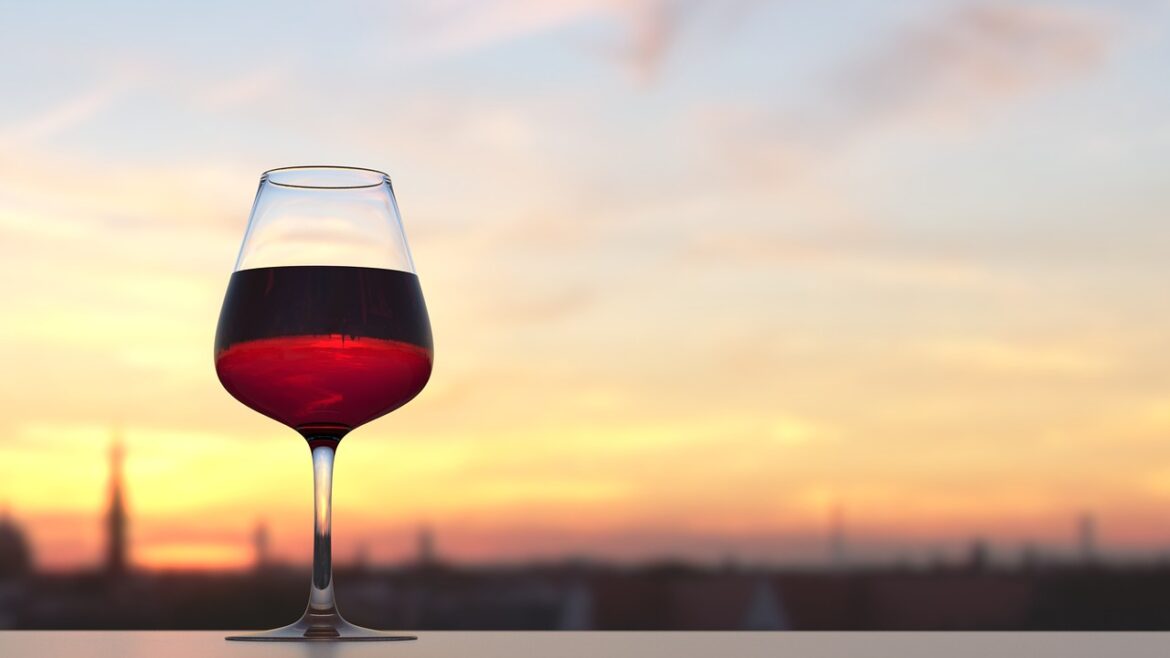Ruby red, scarlet, light red, fuchsia, brick red, garnet, pale red. There are so many shades of red when it comes to red wine! But what does it mean? Do the colours make any difference to the taste? Does a deep ruby red wine taste different than a rusty red wine?
The answer might surprise you. Yes, the colour of a red wine can make a difference to the way the wine tastes but maybe not in the way you think.

Let’s assume you have two bottles of red wine from the same winery made out of the same grapes made by the same wine-maker. The only difference is that one bottle is two years old and one bottle is 12 years old. You pour a glass of red wine from each bottle. One glass is a deep ruby red and the other glass is a paler brick red that’s fading at the edge of the glass. So which glass of wine is older and what difference does it make to the taste?
You may have guessed it – the deep ruby red glass of wine has been poured from the one-year old bottle and the paler brick red glass of wine from the 12-year old bottle. The science behind the aging of wine is fascinating but here’s the simple explanation. As red wine matures, the wine is exposed to minute amounts of oxygen through the cork. As the oxygen reacts with specific molecules in the wine (mainly anthocyanin tannin pigments for anyone who wants to geek out!), the colour of the wine shifts from ruby red to the brick red side of the spectrum.
And THAT means that the wine is going to taste more complex because the molecules are different. The aged wine will taste more rounded, have more levels of flavour, and will have a bigger mouth feel.
So in other words, don’t judge a wine by its colour! And don’t assume that a deep dark blood red or ruby red wine is going to have the levels of flavour that you think it should have.
The rule of thumb to live by: deep ruby red wines are young. Wines in brick red shades and that are paler in colour (always assuming you’re comparing the same wine) are generally older.
The best test of course, is to buy 2 bottles of the exact same red wine. Drink one now and take notes. Then open the next bottle in 10 years and look at your notes. Personally, I don’t think 2 bottles is enough. You want to have fun with this, so if you can afford it, buy a case (or two) and every year (or six months), open a bottle and see what you think. Because in the end, it’s YOUR palate that matters.


Leave a Reply